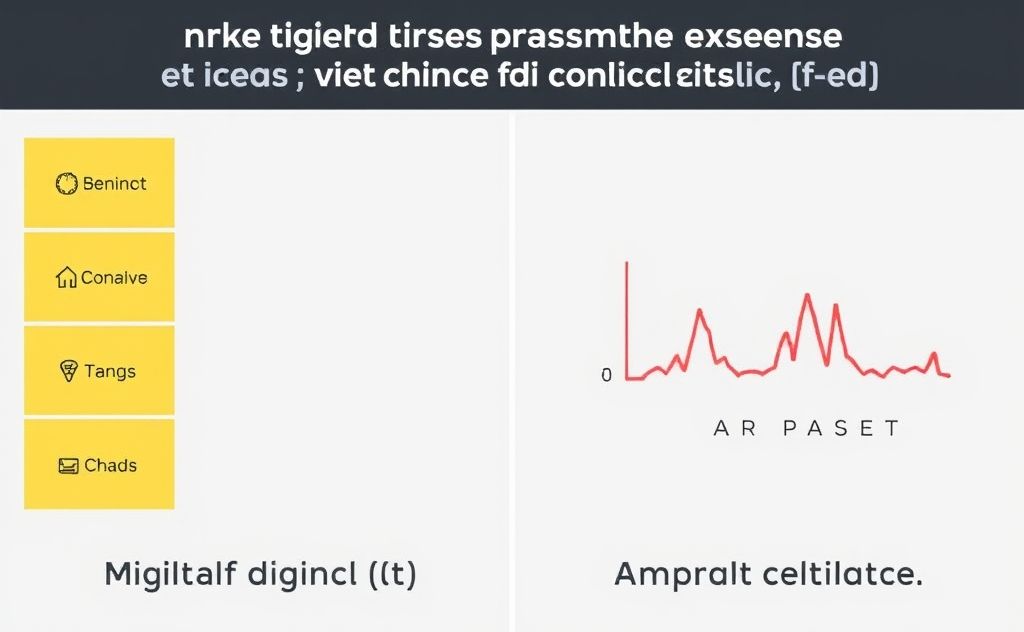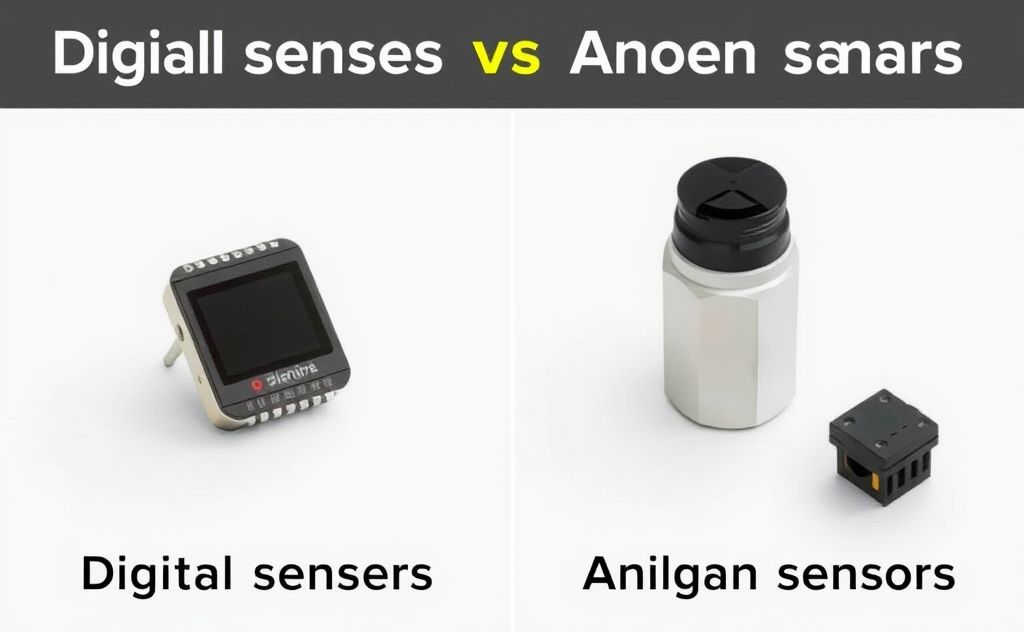Digital sensors provide discrete data in binary form, while analog sensors deliver continuous signals that represent varying physical quantities.
Understanding the differences between digital and analog sensors is essential for selecting the right technology for your application. While analog sensors provide continuous signals, digital sensors offer discrete outputs with advanced processing capabilities. This guide explores their core differences, applications, and how modern smart sensors are revolutionizing data collection.

What Are Analog Sensors?
Analog sensors generate continuous signals that vary over time, mirroring physical phenomena like temperature or pressure. These sensors excel in environments requiring real-time monitoring of gradual changes.
How Analog Sensors Work
Analog sensors convert physical measurements into proportional electrical signals. For example, a thermostat uses analog technology to provide smooth temperature readings without discrete steps.
Key Characteristics
- Infinite resolution within their range
- Susceptible to electromagnetic interference
- No analog-to-digital conversion required
Common Analog Sensor Applications
| Industry | Application |
|---|---|
| Automotive | Engine temperature monitoring |
| Medical | ECG machines, blood pressure cuffs |
| Industrial | Pressure monitoring in pipelines |

What Are Digital Sensors?
Digital sensors convert physical measurements into discrete binary signals (1s and 0s). These sensors integrate processing power for enhanced accuracy and noise resistance.
Digital Sensor Technology
Modern digital sensors often include:
- Analog-to-digital converters (ADCs)
- Microprocessors for signal processing
- Communication interfaces (I2C, SPI)
According to Atlas Scientific, digital sensors maintain accuracy over long distances better than analog alternatives.
Smart Sensors: The Digital Evolution
Smart sensors represent the next generation of digital technology, featuring:
- Wireless connectivity
- Self-diagnostic capabilities
- Advanced data processing
These are commonly used in water heating systems for precise temperature control and remote monitoring.
Key Differences Between Analog and Digital Sensors
| Feature | Analog | Digital |
|---|---|---|
| Signal Type | Continuous | Discrete |
| Noise Susceptibility | High | Low |
| Resolution | Theoretical infinite | Limited by bit depth |
| Cost | Generally lower | Higher (with more features) |
| Data Processing | Requires external ADC | Built-in processing |
Choosing Between Analog and Digital
The right sensor depends on your specific requirements:
When to Use Analog Sensors
- Budget-constrained projects
- Applications requiring continuous monitoring
- Simple systems without digital infrastructure
When Digital Sensors Excel
- Noisy environments
- Systems requiring remote monitoring
- Applications benefiting from data processing
As noted by ScienceDirect, digital sensors now dominate industrial applications due to their reliability and integration capabilities.
Future Trends in Sensor Technology
The sensor market continues evolving with:
- AI-powered predictive sensors
- Energy-harvesting wireless sensors
- Miniaturized MEMS technology
These advancements promise to further blur the lines between analog and digital approaches while delivering unprecedented measurement capabilities across industries.

